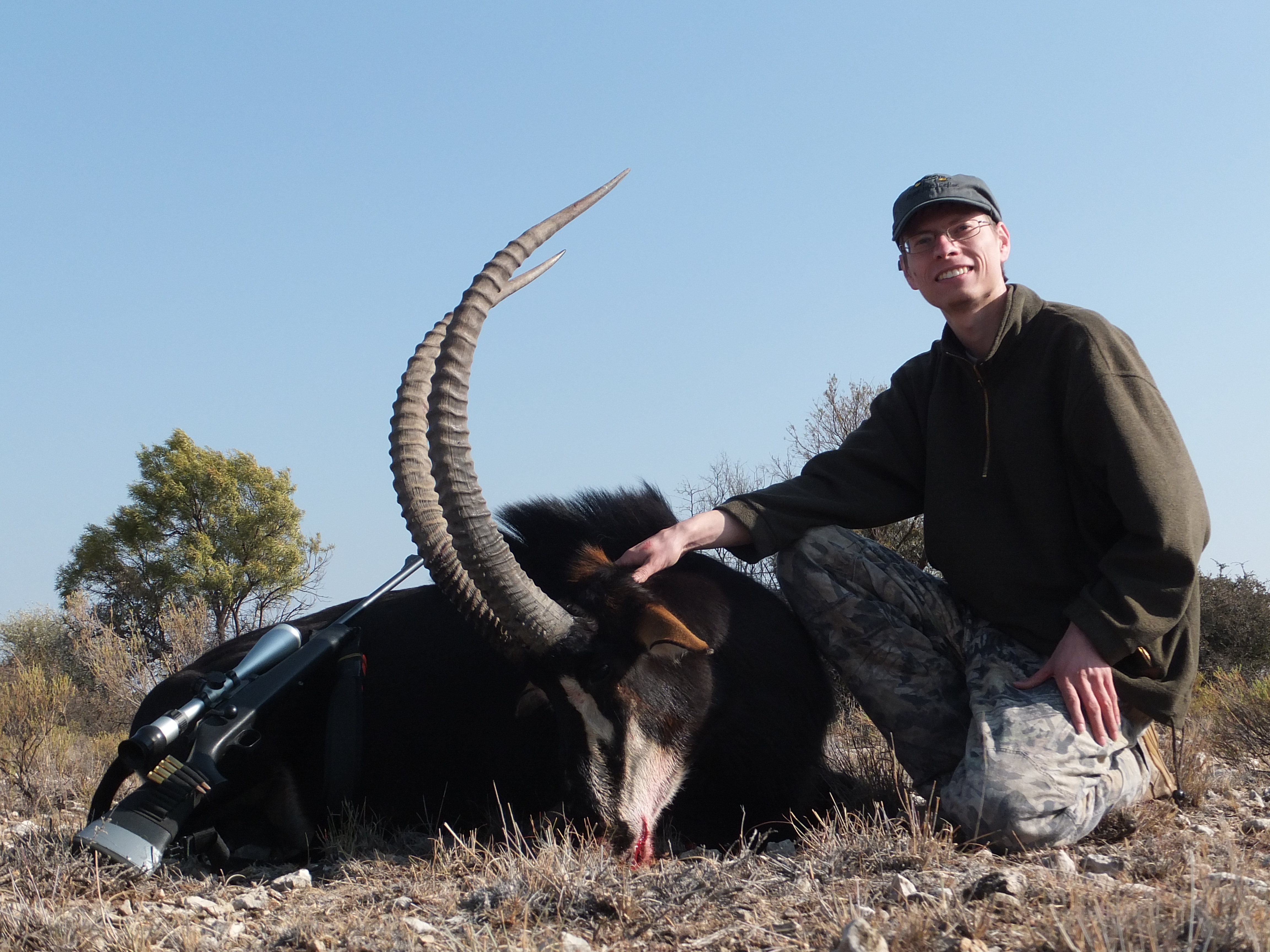The sable antelope (Hippotragus niger) or Sable is one of the most sought after large antelope in Africa. Thanks to the boom of recent years, the population has increased greatly, which has also had a positive effect on the hunting opportunities and also on the price for us hunters. Sable occur in most countries in southern Africa. After seeing many Sable in Zimbabwe, I first wanted to hunt Sable there. However, after doing some research, it turned out that South Africa offers even better sable opportunities, so in the end, choosing South Africa a lot. In South Africa, Sable are hunted in almost all provinces from Northern Cape, Limpopo, KZN to Freestate. Especially in Freestate and Limpopo very good stocks are available here. For my Sable Hunt I had planned 4 days which is more than enough to take one of the coveted trophies.
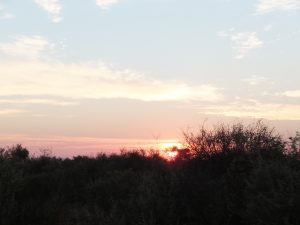
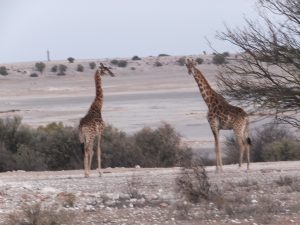
In July we went south to my second home South Africa, after completing the Waffenformitäten at the airport stand before a slightly longer drive to the camp before, so that we only arrived in the evening. During the big dinner we discussed the next day and went to bed early after the exhausting day with 10h flight and arrival. The next morning after breakfast we drove directly into the area in which we wanted to perform our Sablejagd. Compared to other game species such as buffalo or Eland, which are mostly hunted on the track, hunting on Sable is more akin to normal antelopes and there are many dangers, glazed and stalked in promising places, making this hunt for less fit hunters excellent. In addition, sable can also be hunted on waterholes, which even allows hunting with the bow, as we hunters get very close to the game.
My hunt was to be a stalking hunt and so we drove first far into the area from where we wanted to stalk different valleys, which are considered as well-known places of Sable. From our parking position, we had several small mountain ranges / hills within walking distance, which should give us a great overview of the underlying levels. We stalked to the first observation point and went cautiously to the rocky edge to blow off the plane. In the plain we could see several herds of impalas, some warthogs as well as kudus but still no sables, so we decided to switch to the hill on the opposite side. However, we had no luck here, at first we thought to have spotted a small group, which grazed in the dense bush, on closer inspection turned out to be the supposed Sables but as Roan (horse antelope). These have similar but smaller horns and are sand colored instead of black. Since we did not want to show Sable in any of the plains, we drove the pickup a bit farther east into the area, here also good points should be for Sable.
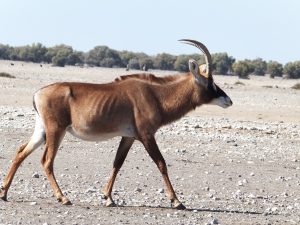
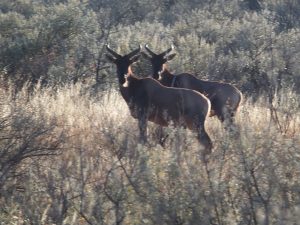
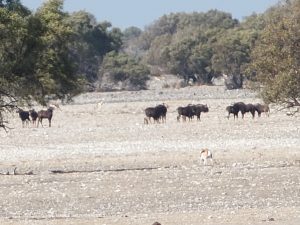
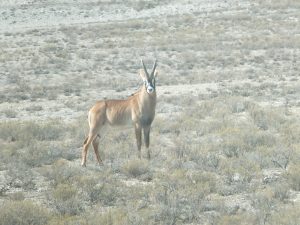
Already on the way to our new observation point we could finally see some sables, but they were all too young, so we let them pass. Encouraged by the first encounter, we stopped the car at the foot of the next small ridge, to dare another ascent and to clear the underlying levels. At first the same game as before some impalas and kudus in the plane but no sable. Since it was already midday, we decided to take a break here and later hoped to discover Sable on the same level. While we ate our sandwiches, we regularly glazed the plane off. Suddenly we spotted two black antelope in the thick bush in our direction, but still covered, so we could not say exactly what it was. Strained our binoculars remained focused on the thick bush and then the two antelopes did us the favor to withdraw into the plane. This time we were lucky it was two strong Sable, an Abnormal with different horns and a typical Sable. This was now our goal of the hunt. From here was not to think of a shot, the Sable were still about 600m away but are about to slowly march in our direction.
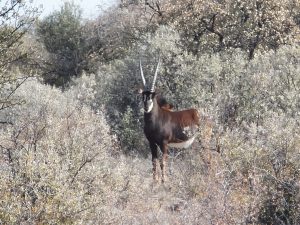
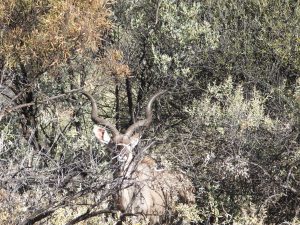
The plan was made quickly, we wanted to descend into the plane and then cautiously stalked by the bushes towards the Sable. Our tracker, the professional hunter and I started the hard descent. Carefully, it went down the steep slope meter by meter until we finally arrived in the plane. Since there was no visual contact from here to the Sable we oriented ourselves on the paths and trees, which we had already noticed before the descent. Slowly we stalked from bush to bush until we finally came near the Sable. Through the narrow shrubbery we could see how the Sable continued to run into the open area. This made our stalking more difficult as there was less coverage. That’s why we left our tracker behind and my PH and I are now stalking from tree to tree towards the Sable. When we arrived about 150m from the Sablen on a small Dornbuschgruppe PuTTY download , we wanted to try our luck. We carefully built the tripod and I went with my R93 in 8x68s to stop. The sable were still moving slowly but wide ahead of us. My crosshairs had the chamber firmly in view and as the Sable briefly hoped, my chance was there and I let the ball fly. On the shot, the Sable collapsed immediately and a long stalk came to a successful end for us. I got my bush break and the sable the last bite. Hunting customs are also cultivated by many in Africa similar to those in Germany, which I regard as very important. After the shot, the tracker came to us again and we prepared the sable for the obligatory pictures.
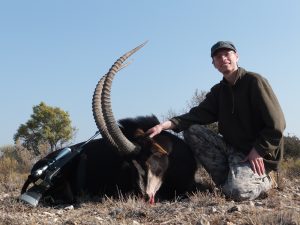
On the way back we were able to see more Sable and Roan also here in the area also occur abundantly. In addition to standard antelopes, this area is also known for exotics like Goldengnus, black impalas or copper springboks. These species are especially popular with US hunters, but less so for me because I also remember the normal species. A special feature that also occurs here and it has done to me is the black springbok. This color variant, unlike the Goldengnus, … is a normal expression of nature and thus a natural coloring. The last 3 days it should therefore go to the black springbok. We saw a lot of normal springboks, and I was able to kill two, which we found with injuries, but the black bucks did not want to show that easily. The first 2 days we could only see one but disappeared too fast in the thicket and thus allowed no shot. On the last day we had finally spotted a suitable buck and wanted to tackle this. We followed the buck for hours through the thickest bush. We came to about 250m a couple of times, but each time, just before the firing, the goat had retreated back into the thick bush. Our last chance was to overtake and wait for the next change. Said done in a big bow it was all about the buck and we positioned ourselves on the supposed change, where we wanted to expect the buck. Time passed and it got darker and darker until finally it got so dark that we had no chance to speak. Just in this moment puttygen ssh , the springbok herd set in motion with the black buck and changed over in front of us but it was too dark to make out the right goat. Somewhat disappointed but with the firm thought in another year to try my luck on black springbok I went back to the camp and the next morning to the airport. There were again 6 beautiful days in South Africa which left many lasting impressions.
